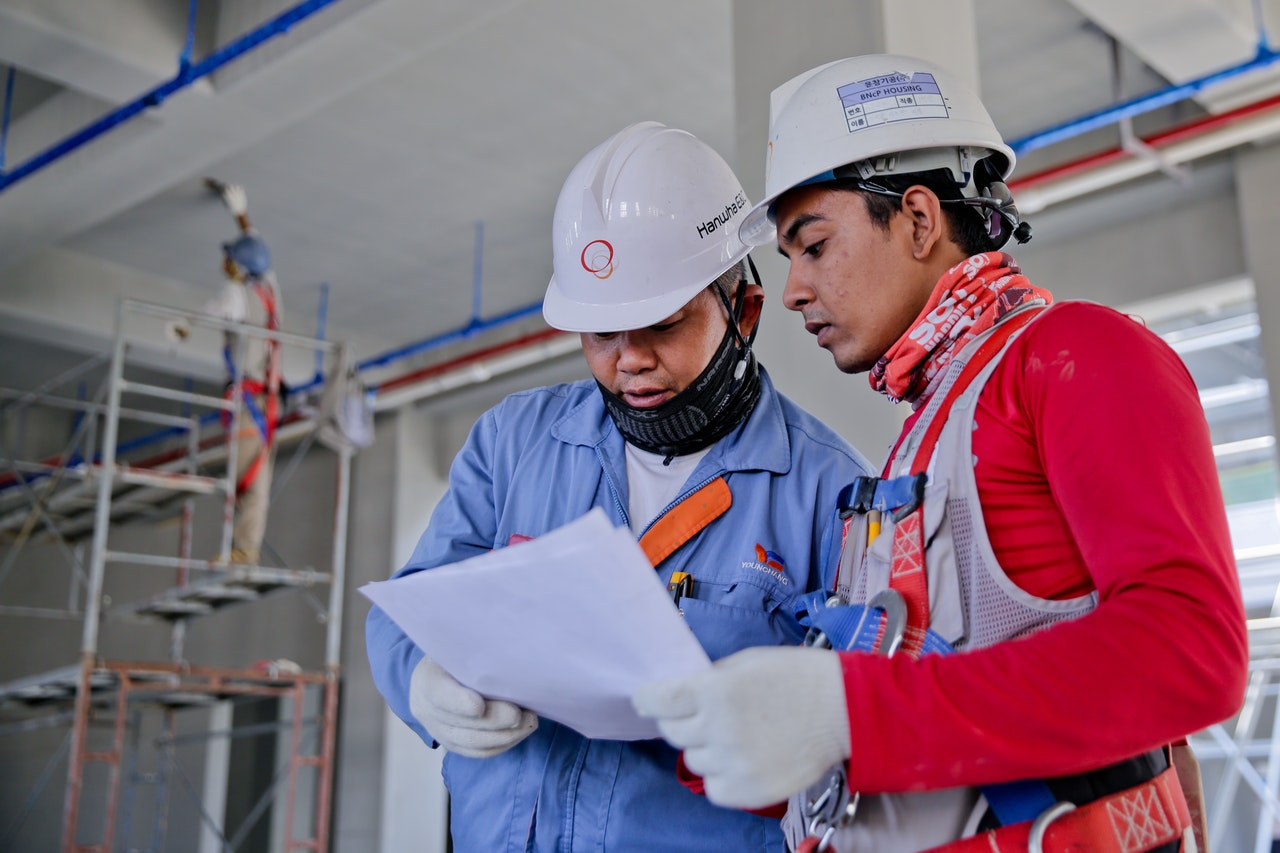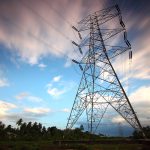
Why must you focus on electrical safety?
- Understanding electrical safety
- Three common types of electrical injuries
- Controlling the risks involved with electricity
Every electrical company in the Philippines aims to educate their clients and customers about electrical safety. Electricity is an essential part of our lives, which is why the next electrical accident is just waiting to happen — even with all the protective gear that is often used.
It’s hard to eliminate the risk of electrical hazards in many establishments. The best you can do is to manage the flow of electricity in order to lessen its severity. That being said, that’s not always the case. In the Philippines, most workplaces are not as electrically protected as they should be. From your typical office space to the more rugged construction sites, electrical hazards are everywhere.
Electrical safety is not as simple as buying the appropriate electronics to prevent hazards. Although they are a great help, you also need education and proper training to ensure that these devices work as intended. If all of those are put into play, only then will you be able to fully integrate electrical safety into your workplace. In this day and age, electrical safety should be your number one priority. Here are the reasons why:
Understanding Electrical Safety
The Electrical Safety Foundation International (ESFI) is a non-profit organization that has dedicated itself to promoting electrical safety in homes and in workplaces. They have provided a good set of statistics on occupational electrical injuries and fatalities to help people understand that electrical safety should not be ignored.
One of the most prominent points they’ve mentioned is the obvious overlooking of some electrical violations in the past few years. One of them is the use of personal protective and lifesaving equipment, particularly eye and face protection. Something so simple should not be disregarded. Protective gear is there for a reason. Ignoring safety gear signifies blatant neglect of electrical safety that leads to injuries and fatalities.
Another factor to point out is the fact that from 2003 to 2017, a total of 54% of fatal electrical injuries occurred in the construction industry.
When it comes down to it, this is arguably because of the working conditions that you have in most construction sites. Often, the rugged and messy worksite is littered with electrical hazards all over. From unprotected extension cords or cables to faulty, sometimes broken generators (or all of these hazards in some of the truly worst cases) one is significantly more at risk of electrical injuries at a construction site.
To put it in a more general perspective, take note that contact with electricity is the sixth most common cause of workplace fatalities. That means it doesn’t matter if you’re working in a construction site or in a small office space — electricity is always at play. There is always a certain level of threat when electrical equipment is not used correctly.
Three Common Types of Electrical Injuries
Every kind of electrical system has the potential to cause harm to the typical user. The type of electrical injury that you might receive can be different depending on how the incident happened. To differentiate between them, here are the three common types of electrical injuries:
- Electrocutions – This is the most fatal among the different types of electrical injuries. In fact, the word comes from “electro” and “execution” — death by electricity. Electrocutions happen when one is exposed to a large or lethal amount of electrical energy.
- Electric Shocks – This one happens when your body suddenly becomes part of an electrical circuit. It happens in the blink of an eye and is usually followed up by a sudden reflex response to move away from the electricity source.
- Electrical Burns – these are burns caused by electricity, usually through arc flashes, thermal contact, and even electric shocks.
Keep in mind that there are other kinds of electrical hazards that can happen to you. But instead of affecting one individual, they can affect large areas at a time. While they don’t fit in any particular category of injuries, they can still result in the three mentioned above. These include Arc Flashes/Blasts, Fires, and Explosions.
Controlling the Risks Involved with Electricity
As mentioned above, electrical hazards can’t be completely avoided, but the good thing is that it’s very easy to prevent them. Electrical safety devices are some of the most effective things that help reduce the chances of electrical hazards to extremely low percentages.
Other than that, you can also follow professional guides when you need some DIY electrical work done, however, if you or others find any of these processes overly complicated, it’s highly preferred that you still have professionals do it. That way you reduce the chances of electrical hazards from happening.
Key Takeaway
The importance of electrical safety should be emphasized, not just by an electrical company in the Philippines, but also by everyone that makes use of electrical devices. Electrical hazards, injuries, and fatalities are not things that you can easily shrug off. They’re a lingering threat to your home and your workplace so you have to make sure that you and everyone you care about are as safe as possible when working with electricity.








No comment yet, add your voice below!